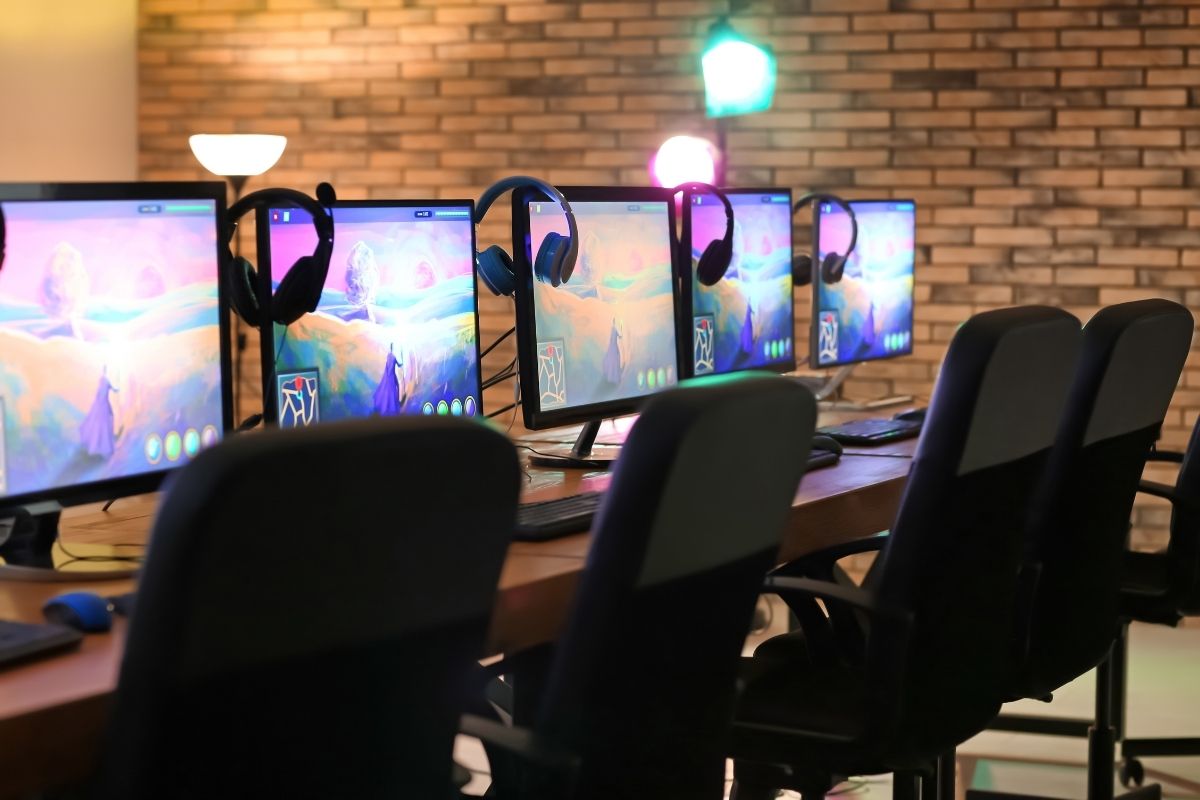Playing Up the Social Element in Sports Management
There’s another reason why the business of sports is different from most other businesses. It’s because of the human element. On the sports stage, athletes can play out the virtues of grace under pressure, courage, leadership, and winning and losing. Sports is a really good stage on which to play out social conditions, and social conditions, when they’re properly understood, can be leveraged to create a better sports management business opportunity.
Here’s what I mean. Look at 1971, the first fight between Muhammad Ali and Joe Frazier. In 1971, Muhammad Ali had been out of the sport because he had protested going into the Army and the Vietnam War. He had called America a country that was unfair in matters of race, and he had given up all his wealth from his chosen profession of boxing to stand on those principles.
He became a symbol of peace on one side of the issues in a very polarized America, and then he wanted to come back and fight. And Joe Frazier, the African-American heavyweight champion, was willing to fight Muhammad Ali. No one else would. Ali boldly claimed, “And this may shock and amaze you. But I will destroy Joe Frazier.”
Only Ali so sharply understood the divisions in America. He wasn’t just interested in promoting a boxing match for a global sports payday; he was interested in creating an entire culture around him. His interest was much larger than just focusing on boxing fans. Ali began to promote the fight not just as Muhammad Ali coming back to fight the current heavyweight champion — even on its own, a very compelling contest.
Instead, Ali framed the fight in more dramatic terms, “You see that guy over there? He’s an Uncle Tom. He represents the other side of the issues. He represents one kind of America. I represent another. Didn’t you know?”
And so it was no longer just for sports fans or boxing fans. It was for anybody who was thinking and breathing and who had an opinion during this intensely polarized time of differences of opinion. In other words, he took this contest from being just a boxing match and made it into something that was interesting to everybody.
The same thing happened when Billie Jean King played tennis against Bobby Riggs. Bobby Riggs wasn’t really a male chauvinist; Bobby Riggs was a gambler. As he once said, “If I can’t play for big money, I play for little money. And if I can’t play for a little money, I stay in bed that day.”
Riggs was trying to pay off his gambling debts and needed to figure out a way to create himself a payday. He looked around for the most divisive issue right then in 1973. Women’s liberation was a top contender, so he took the stance of saying that women shouldn’t be playing tennis.
At a time when women were on the rise, there was a charismatic leader named Billie Jean King. She didn’t even play the match, but Riggs created this utterly compelling match-up. It wasn’t between Bobby Riggs and Billie Jean King but between the oldest match-up in the world: man versus woman.
There was a lot riding on this event while Bobby Riggs looked at it as sort of a joke. The implications of this match for sports management education were high. People were watching to see what would happen for women’s rights and the expectations of women’s abilities. And Billie Jean King took the match, and she won. Because of that, we’ve seen a lot of changes in online sports management education.
Those changes have included the evolution of Title IX in the collegiate setting, which says that sports programs have to ensure equal opportunity for women to compete. So while big football and big basketball are generating most of the money for collegiate sports programs that money has to be redistributed to ensure opportunity for women to compete as well.


